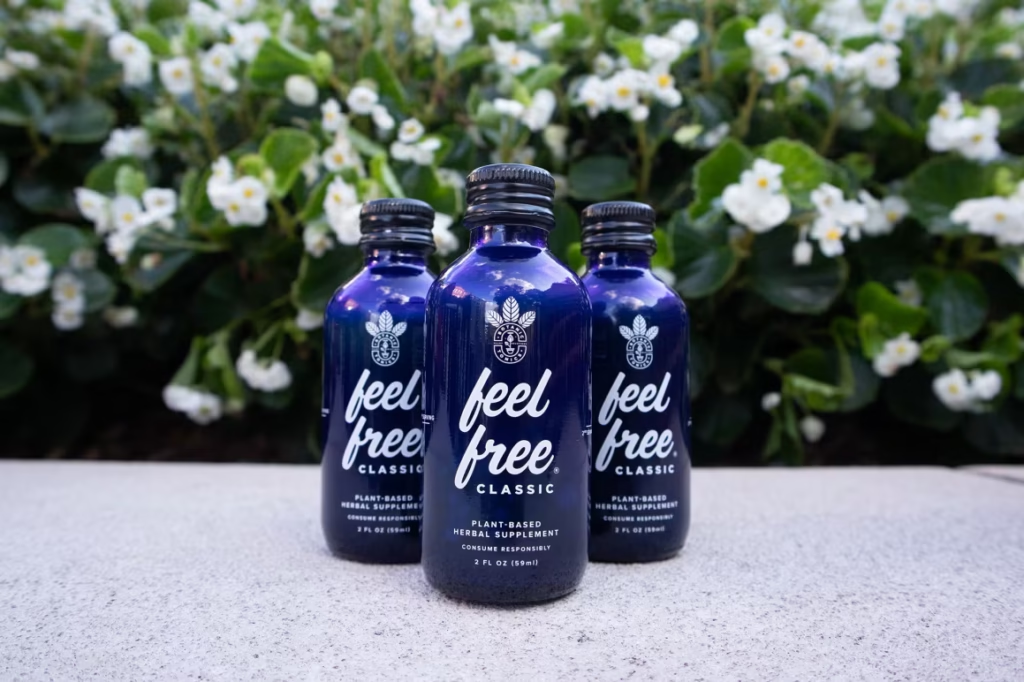A new herbal drink called Feel Free is drawing growing concern among doctors, parents, and health officials. Marketed as a natural tonic to boost focus, energy, and relaxation, the drink combines kratom and kava, two plant-based ingredients with long traditional use but now raising red flags for addiction and safety.
Kratom is the most controversial ingredient. It interacts with the same brain receptors as opioids, producing effects that can mimic painkillers or even heroin in high doses. Experts warn that regular use can lead to tolerance, withdrawal symptoms, and full-blown dependency. The FDA has flagged kratom as an “emerging public health threat,” and is moving to classify its powerful derivative, 7-hydroxymitragynine, as a dangerous substance.
Kava, while traditionally used in Pacific Island rituals, has been linked to liver damage when consumed in concentrated or commercial drink forms. Mixing it with alcohol or medications can increase the risks of serious side effects.
Real-life stories are now surfacing. Some users report escalating from casual use to drinking multiple bottles a day. One mother shared that she became so dependent she consumed up to eight bottles daily, costing hundreds of dollars each month before eventually seeking rehab. Parents are also worried about teenagers, since the drink is sold in convenience stores and often without age restrictions.
Addiction specialists stress that while Feel Free is packaged and marketed like a wellness product, it is not risk-free. They are urging tighter regulations, clearer labeling, and public awareness campaigns to protect consumers from the hidden dangers of kratom and kava.
What began as a trendy alternative to coffee or alcohol is now a cautionary tale. Feel Free may promise relaxation and clarity, but it also carries the potential for dependence and health risks that can outweigh the short-term benefits.


